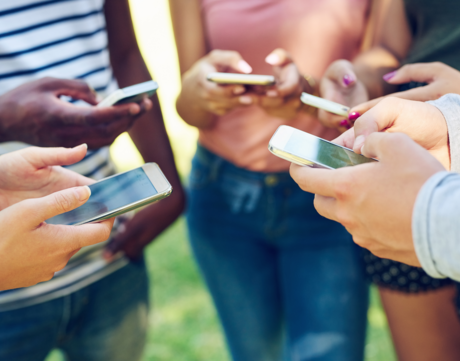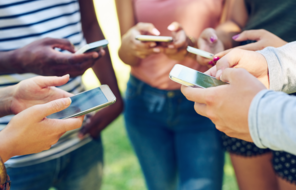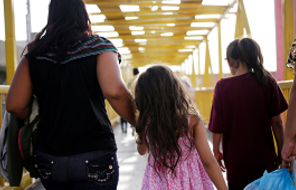
What Does It Mean to Live with Social Media?
At a Glance
Language
English — USSubject
- Civics & Citizenship
- History
- Social Studies
Grade
6–12- Human & Civil Rights
Overview
About this Mini-Lesson
In September and October 2021, the US Senate held the Protecting Kids Online hearings about the impact of social media on the emotional health of children and teens. The hearings also examined the business practices of social media companies including Meta, TikTok, Snap, and YouTube. Congress was motivated to take action by former Facebook employee Frances Haugen’s release of documents revealing that the company is aware that their platforms can cause harm to users and the Wall Street Journal’s investigation into Facebook’s internal strategies and research.
Among the findings reported by the Wall Street Journal was that more than one in three teen users of Instagram reported negative effects on their mental health after using Instagram, a social media platform owned by Meta, the same company that operates Facebook. These revelations are part of growing national concern about social media’s role in our society and politics, particularly with so much time spent online for learning and social connection during the COVID-19 pandemic.
In this mini-lesson, students sharpen their media literacy skills as they begin to evaluate the impact of social media on their lives and question how we can manage social media’s harmful effects.
Activities
Activities
Materials and Downloads
Additional Resources
Resources from Other Organizations
Unlimited Access to Learning. More Added Every Month.
Facing History & Ourselves is designed for educators who want to help students explore identity, think critically, grow emotionally, act ethically, and participate in civic life. It’s hard work, so we’ve developed some go-to professional learning opportunities to help you along the way.
Exploring ELA Text Selection with Julia Torres
On-Demand

Working for Justice, Equity and Civic Agency in Our Schools: A Conversation with Clint Smith
On-Demand

Centering Student Voices to Build Community and Agency
On-Demand















